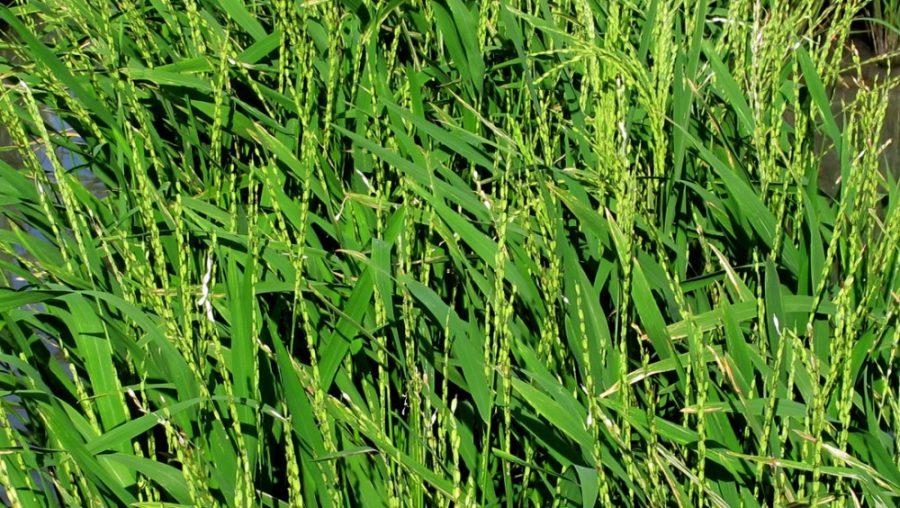An international team of researchers led by the UA has sequenced the complete genome of African rice. The genetic information produced will allow scientists to further understand the growing patterns of the species, as well as to create new rice varieties that will withstand environmental stressors and ultimately help eliminate global hunger challenges.
Rod Wing, director of the Arizona Genomics Institute and member of the UA’s BIO5 Institute, helped lead the cause. Wing’s research group specializes in developing “physical maps,” or tools that provide scientists and agriculturalists the knowledge to understand the structure of the genome.
According to Wing, rice will play a key role in helping solve the “nine billion people question.”
“Rice feeds half of the world, and it’s half of the world that is going to double in 20 or 30 years,” Wing said when asked about the inspiration behind his biology project.
“The nine billion people question” consists of predictions suggesting the world’s population will increase to more than nine billion by 2050. It also suggests that much of the population will live in areas of food scarcity. Wing and his team of researchers, along with other scientists, have pondered how to grow enough food to feed the world’s population and prevent the host of health and socioeconomic problems correlated with hunger and lack of proper nutrition.
Wing and his team are no strangers to this field of research. His group previously developed physical maps for Asian rice that were donated to the Rice Genome Annotation Project. The research conducted by Wing’s team would later allow for the sequencing of the complete Asian rice genome.
With the complete African rice genome, scientists can now search for innovative ways to cross Asian and African rice. In doing so, the new rice varieties will ideally share the high yield traits of the Asian rice and the hardiness of the African rice. To date, African rice has already been crossed with Asian rice to create new varieties under a group known as NERICA, or New Rice for Africa.
The primary goal for researchers is to create rice that will allow for a higher yield and have less of an environmental impact, such as requiring less water and fertilizer.
“The way in attacking this problem,” Wing said, “is to understand the wild relatives of rice.”
Wing’s research group is now focusing on sequencing and analyzing the genomes of the wild relatives of African and Asian rice with the hope of understanding the entire genus at a genome level. As a result, a new pool of genetic variation can be developed to fight off pests and plant
pathogens.
November will mark the 10th anniversary of the completion of the Asian rice genome and the new completion of the African rice genome. The accomplishments of Wing and his colleagues will be acknowledged at the 12th International Symposium on Rice Functional Genomics here in Tucson.









